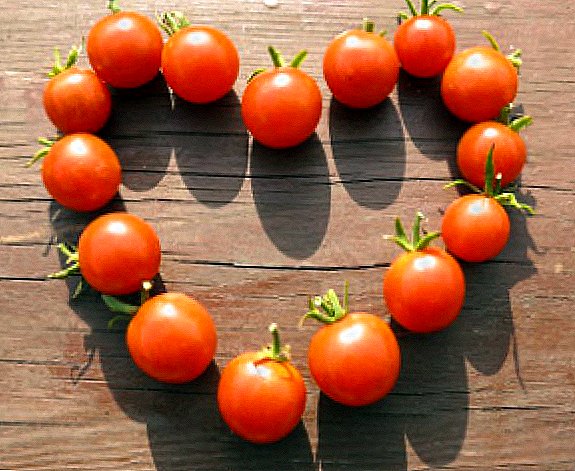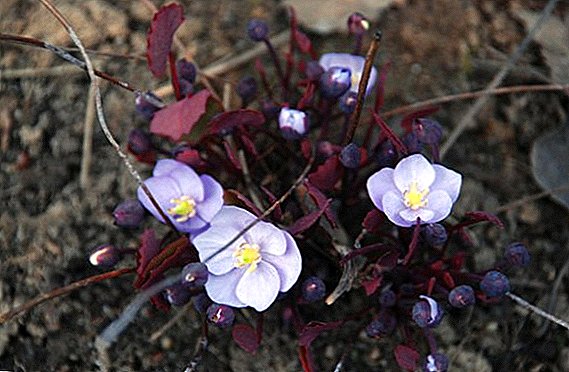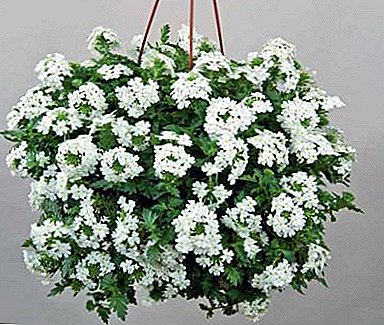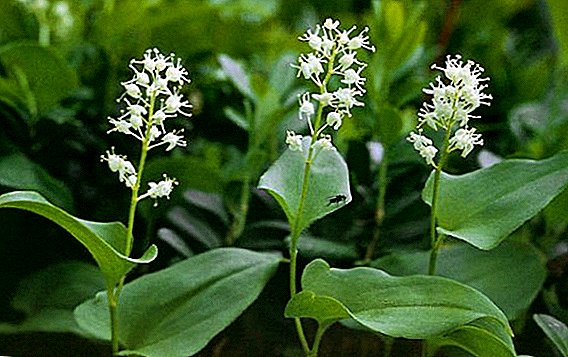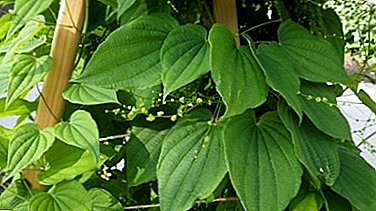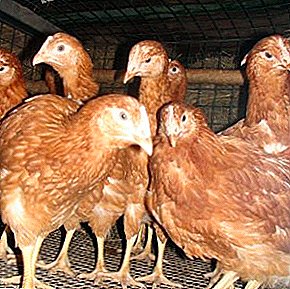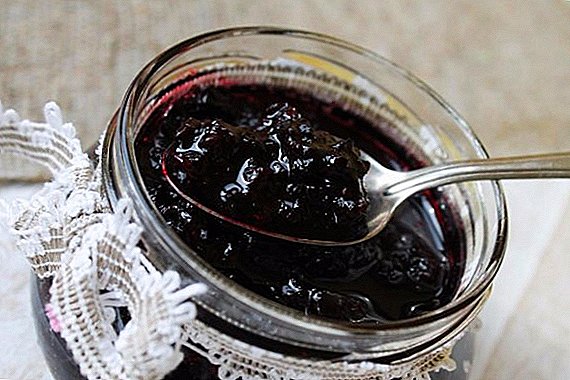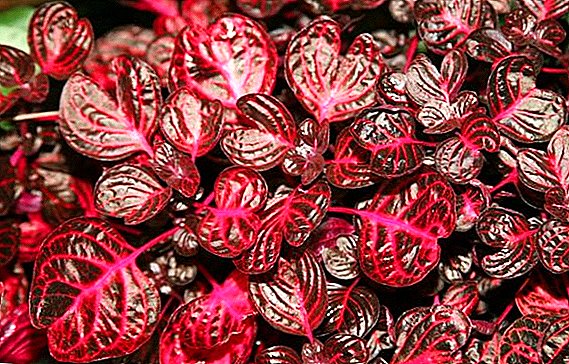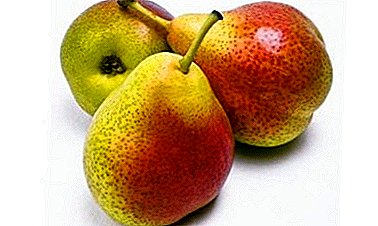
Variety pear Tonkovka is a high-yielding Russian ancient variety.
From one tree is collected up to 300 kilograms of fruit. Pear Tonkovetka can withstand freezing up to minus 60 degrees Celsius, further description of the variety and photo of the fruit.
What kind of pears refers?
 Grade pear Tonkovetka got its name thanks to thin stalks. Variety refers to early summer fruiting.
Grade pear Tonkovetka got its name thanks to thin stalks. Variety refers to early summer fruiting.
Summer varieties also include: Limonka, Orel Summer, Victoria, Rogneda and Lel.
It is not suitable for widespread use in production due to the mediocre quality of the pulp.
because of strong tartness and acid do not eat fresh fruit. It is recommended to carry out heat treatment - to use in dried form or in conservation.
Due to its ancient origins, widely used in home blanks.
Used for making jams, jams, jelly. Pear Tonkovetka not high-calorie variety. Per 100 grams of product accounted for 42 kcal.
It is a natural source of vital energy. Contains in its composition A large number of bioactive substances.
Breeding history and breeding region
The Tonkovetka variety is an ancient Russian variety, obtained through nationwide hybridization. The variety has been popular since the beginning of the 18th century. Centralized throughout the country - Lower Volga, Adygei, Western, Ural and Volga-Vyatka regions.
Distributed in Siberia and the northern part of the central belt of the Russian Federation - to Moscow, Veliky Novgorod and Kostroma.
 Often found in summer cottages and in wild abandoned gardens Ukraine, Belarus, Moldova, Estonia, Kazakhstan.
Often found in summer cottages and in wild abandoned gardens Ukraine, Belarus, Moldova, Estonia, Kazakhstan.
Variety grade: Krasnobochka.
Thanks to its excellent winter hardinessThis variety is often used in hybridization as a donor.
Thanks to "Tonkovetka", in 1936, the pear variety was bred "Elegant Efimova", named after author V. A. Efimov.
To winter-hardy varieties also belong: In memory of Zhegalov, Krasnobkaya, Carmen, Noyabrskaya and Autumn Yakovlev.
Description variety Tonkovetka
Consider separately the appearance of the tree and fruit.
Tree
Trees large-scale, with strong growth. Tall, reach a height of more than 6 meters. They have a wide crown in the form of a pyramid. Stems are very thin.
Shoots brown with an amber shade. Chechevichek a large number. In shape curved, elongated, large bright shade. Yield occurs on stem kolchatka.
Leaves small, emerald shades. The location of the leaves is very rare. Leaf plate oblate or curved, with a smooth surface, without tuberosity.
The central vein has a slight bend. The tip of the leaf has a short pointed edge. Stalk thin, elongated, pale pink.
Fetus
 Fruits are small, in weight reach no more than 50-60 grams. Possess a classic pear shape.
Fruits are small, in weight reach no more than 50-60 grams. Possess a classic pear shape.
By color amber-emerald or light amber. On the sunny, well ripened side, have a small maroon flush.
The stem is wide, elongated, arcuate. Funnels of the fruits of this variety is not. The cup has a closed and open form. The saucer is miniature.
Seed nest is small, elongated. The seeds are elongated, brown shade.
Pulp beige shade, tough, dry, tart, sour, with a slight sweetness in the taste. The quality of the pulp is mediocre.
Anthers and stigmas are on the same level. Pestles are spacious, free.
A photo





Specifications
Treats self-fertile varieties.
But to increase yields, it is necessary to use pollinators. Well suited "Bergamot Autumn" and "Bessemyanka."
 Tree yield comes on 8 or 11 year of life. Yield stable, very high.
Tree yield comes on 8 or 11 year of life. Yield stable, very high.
High yields can also boast: Duchess, Yakovlevskaya, Chudesnitsa, Bere Bosk and Bere Russkaya.
Harvesting going on in late August. From one tree is collected from 250 to 300 kilograms.
On the branches of pears are fixed poorly. Fruit precipitation is very large. The variety is drought resistant.
Important! Trees of this variety do not require shelter for the winter. In terms of its frost resistance, all pear varieties of Siberia and the central part of the Russian Federation are superior.
Frost resistance is very high. Trees of this variety can withstand extreme cold to minus 60 degrees Celsius.
Planting and care
The soil is not demanding. Grows on oozy, black earth, sand and drainage soils. Propagated by seedlings, cuttings and grafts.
The ground near the tree trunks must be kept well hydrated. For this fit stable watering, mulching with organic materials - humus, peat or peat compost.
 On tree trunks around trees, prepared mulch is laid in a small layer of 7 centimeters.
On tree trunks around trees, prepared mulch is laid in a small layer of 7 centimeters.
For one square meter, the consumption of humus, peat compost or peat ranges from 20 to 25 kilograms.
When watering on one tree leaves from 30 to 50 liters of water room temperature.
Diseases and pests
In rainy years it is very much affected //selo.guru/ptitsa/bolezni-p/gribkovye/parsha.html. Scab slows the growth of shoots. Falling ovary and affected leaves. The causative agent is considered to be a Dothideales mushroom. therefore It is necessary to carry out preventive treatment of the crown.
During the blooming of the kidneys, in places of excessive moisture, they produce spraying with a 3% Bordeaux mixture.When forming buds and at the third processing after flowering, use drugs "Topaz" and "Horus".
When infecting a tree with scab, you should hold pruning crown. All affected leaves and shoots are removed. For their complete destruction, the fungus Dothideales burned in a fire or carried to a safe distance from the fruitful plantations.
Among the common diseases of pear is to carry out the prevention of bacterial burn and rust.
However, there are varieties resistant to diseases, for example, Rossoshanskaya Dessert, Lira, Perun, Moskvichka and Thumbelina.
Conclusion. Variety of pear Tonkovetka refers to early summer fruiting.
 Due to its ancient origin, it is widely used in homemade blanks.
Due to its ancient origin, it is widely used in homemade blanks.
Is an high-yielding variety with abundant fruiting fruits, but with a mediocre quality of pulp.
By its frost resistance surpasses all varieties of pears. In rainy years the scab is very much affected.


